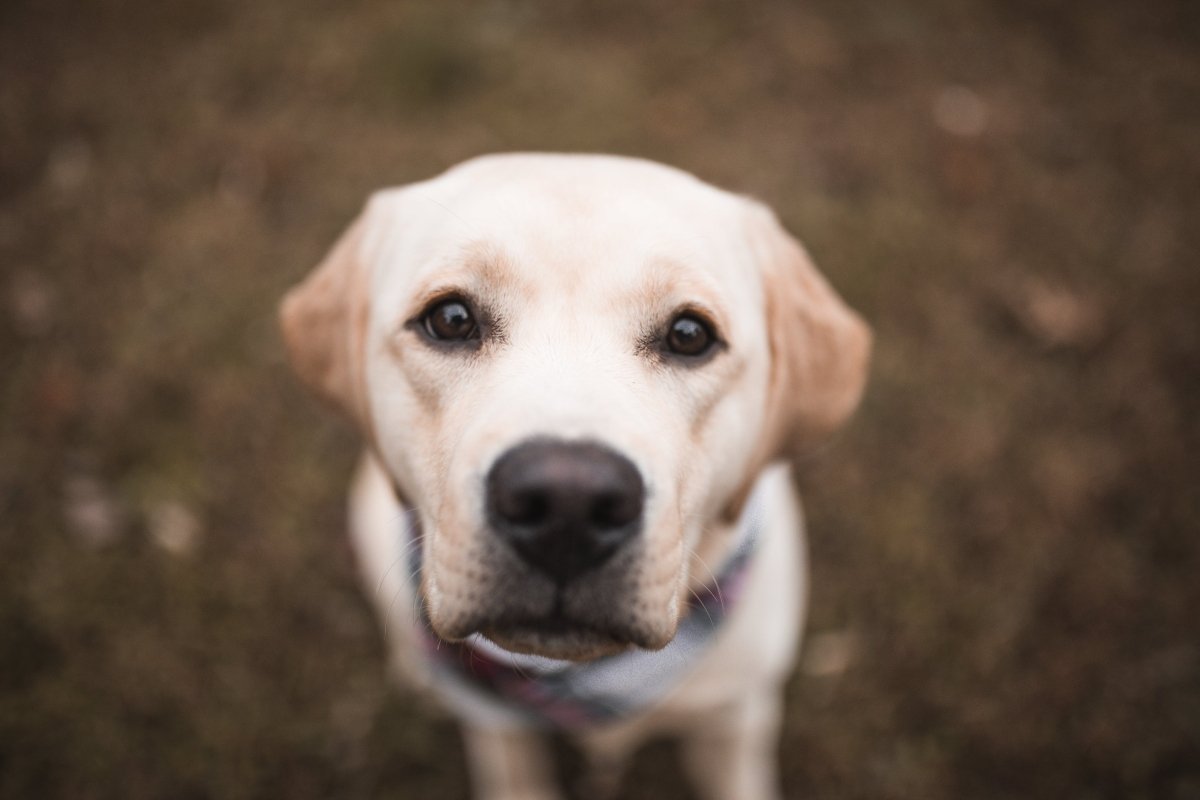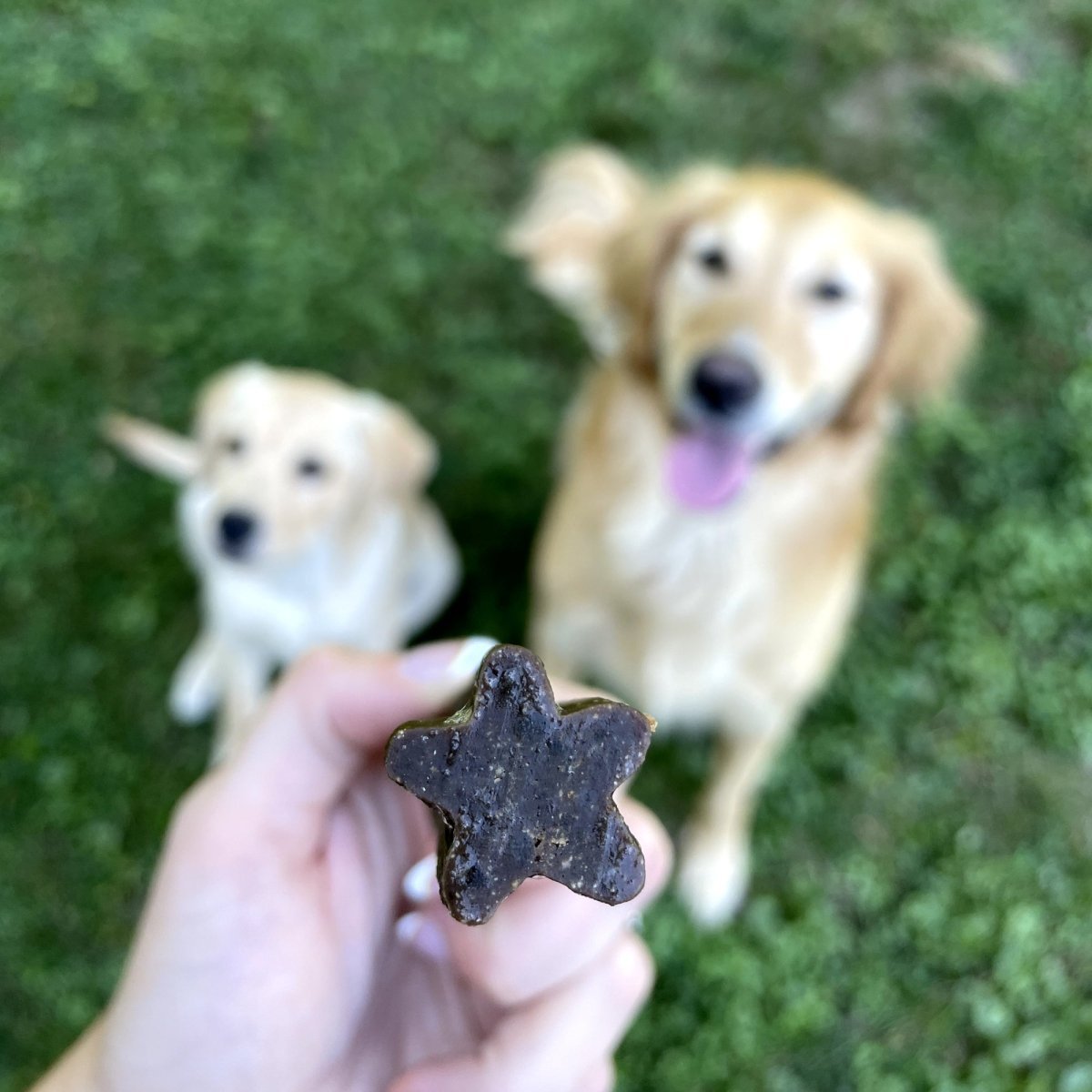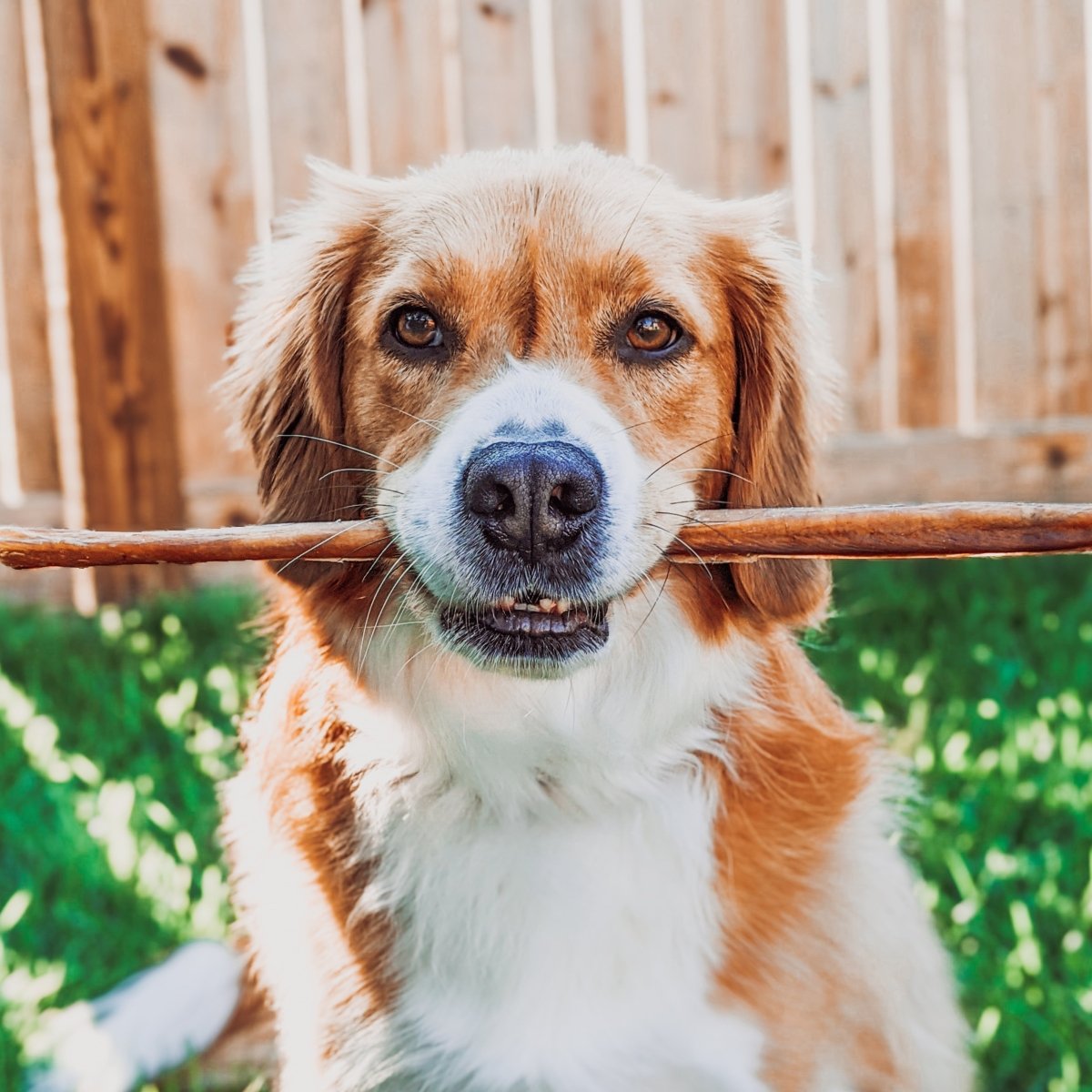
At some point in time as a pet owner, your dog will experience vomiting, and you will be on clean-up duty. Dogs are notorious for eating things they are not supposed to and their poor judgment can get them in a lot of trouble, causing them to become sick.
Sometimes vomiting can be a sure sign of a serious illness. According to the American Kennel Club, some types of symptoms can mean that your dog needs immediate vet attention, so keep your eyes on alert within the first 24 hours.
How to care for your vomiting dog
1. Enforce a Food Fast
It is important to give your dog’s digestive system some time to recoup and rest from the vomiting by not feeding your dog for 12-24 hours. You can give your dog small amounts of water to keep them hydrated. Food and large amounts of water will only aggravate your dog’s upset stomach.
2. Keep Your Dog’s Blood Sugar Levels in Check
Since you will be withholding food from your dog, it’s important to monitor your dog’s blood sugar levels. Your dog may experience hypoglycemia or low blood sugar during the fasting phase. Prevent low blood sugar levels by rubbing a small amount of a sugary fluid such as honey, Karo syrup, maple syrup, or sugar water on your dog’s gums. Repeat this every couple of hours.
3. Monitor Your Dog’s Hydration
Vomiting can cause dehydration, so make sure your dog remains hydrated in small amounts on a constant basis. Monitor his intake and don’t let him drink to excess. Excessive, fast drinking is a common response to nausea in dogs, but the problem is that it triggers dog vomiting and makes the upset stomach worse. If necessary, limit the water available to the dog by doling it out in hourly rations. Offering your dog ice cubes will prevent dehydration and keep him from gulping down large amounts of water which can cause more vomiting. Once your dog has gone 4 hours without vomiting, then you can give him Pedialyte.
According to the American Kennel Club, dehydrated dogs may also be lacking electrolytes. Unflavored Pedialyte in small amounts (no more than 1/4 cup for a medium-sized dog every 20 minutes) will help replenish your dog’s fluids and electrolytes to counteract dehydration. Mix a small amount of water 50/50 with Pedialyte. If the dog will not drink unflavored Pedialyte, try flavoring it with chicken or beef broth (onion-free) or add watered beef or chicken bouillon for an appealing flavor.
4. Bland Food is Good
Since normal dog food will only upset his stomach further, it can be tricky to know what to give to a vomiting dog to eat. Once your dog has stopped vomiting for 12 hours, feed your dog a homemade bland diet in small amounts for several days to gradually reintroduce food. According to the American Kennel Club, simple, bland foods after a fast can help normalize stool consistency.
Make your dog a batch of rice, white chicken meat with the skin removed, and cottage cheese. You can also use plain hamburger meat that has been boiled and drained from fat. Initially feed your dog small amounts of this bland food and once 4 hours has passed without vomiting, then you can give your dog a little more. The hope is that eventually, your dog will be back to eating his normal meal size.
Once you see that your dog is feeling a lot better and is holding down his food, over the next 3-5 hours, mix in the dog’s normal food, while gradually phasing out the homemade bland food. This gradual transition is vital to prevent a relapse of the dog’s vomiting.
5. Give Your Dog Some Pepto-Bismol
Before doing so, make sure to ask your vet if you can give your dog a soothing dose of Pepto-Bismol or Kaopectate. This will help to calm your dog’s stomach and keep the fluids down. If you get the okay from the vet, make sure to follow the instructions on the bottle. The usual dose for a dog is 1 tsp per twenty pounds of bodyweight. For less cooperative dogs, you can use a syringe or eyedropper to administer the Pepto-Bismol.
Important Note: ALWAYS check with your vet before giving any over-the-counter medications to your pet, especially if he or she is on other medications.
6. Observe Your Dog’s Vomit
Although looking at vomit is never an appetizing sight to see, it’s important to know what your dog was throwing up and the look of it in case a vet visit is in order. Check to see if stool material, blood (could be a sign of an infection, parasite or more serious ailments) or what looks like coffee grounds are present– if so, seek vet help ASAP. You also may want to look at your dog’s stool and bring in a sample to the vet. Lastly, monitor your dog’s weight to make sure it is normal.
7. Examine Your Dog’s Gums
If your dog’s gums are very pale, this is a sign he or she is anemic and needs immediate medical attention.
Contact your dog’s veterinarian immediately if your dog vomits blood, appears to be in pain, acts weak and lethargic, has a fever or does not improve after 24 to 48 hours.
After some time, your dog should be feeling better and back to their normal, playful self. For more tips on keeping your dog happy and healthy, check out our blog.
Comments will be approved before showing up.

Dental chews keep plaque in check and gums strong. Read here to learn about nature's toothbrush!

Single-ingredient dog chews and treats are crafted using only one whole food source!

Check out our guide on different types of chews to help you decide on the best chew for your dog!